

We all have that one mate who just has way too much energy to burn. When most of us go on holidays, we leave our running shoes at home. There is always one, one who wants to outdo us all and puts in a few kms before the rest of us have even surfaced. Here are some tips for that mate for running in the snow.
When some of us go on holiday, we leave work and the gym back home, some just keep on training no matter the conditions they are hit with. If you have a race you’re training for, you can’t let a little bit of snow get in the way of your training schedule. Plus, what better view is there other than the sun peaking over the snow-covered mountains?
If you’re a trail runner, you may have to adjust to running on the footpath or road. It is more than likely trails are going to be buried deep in snow. Saying that though, running on the snow-covered footpaths and roads require the same techniques as running on trails. Familiarise yourself with the different textures, avoid mirrored surfaces which are likely to be slippery ice and aim for slush or crunch snow.
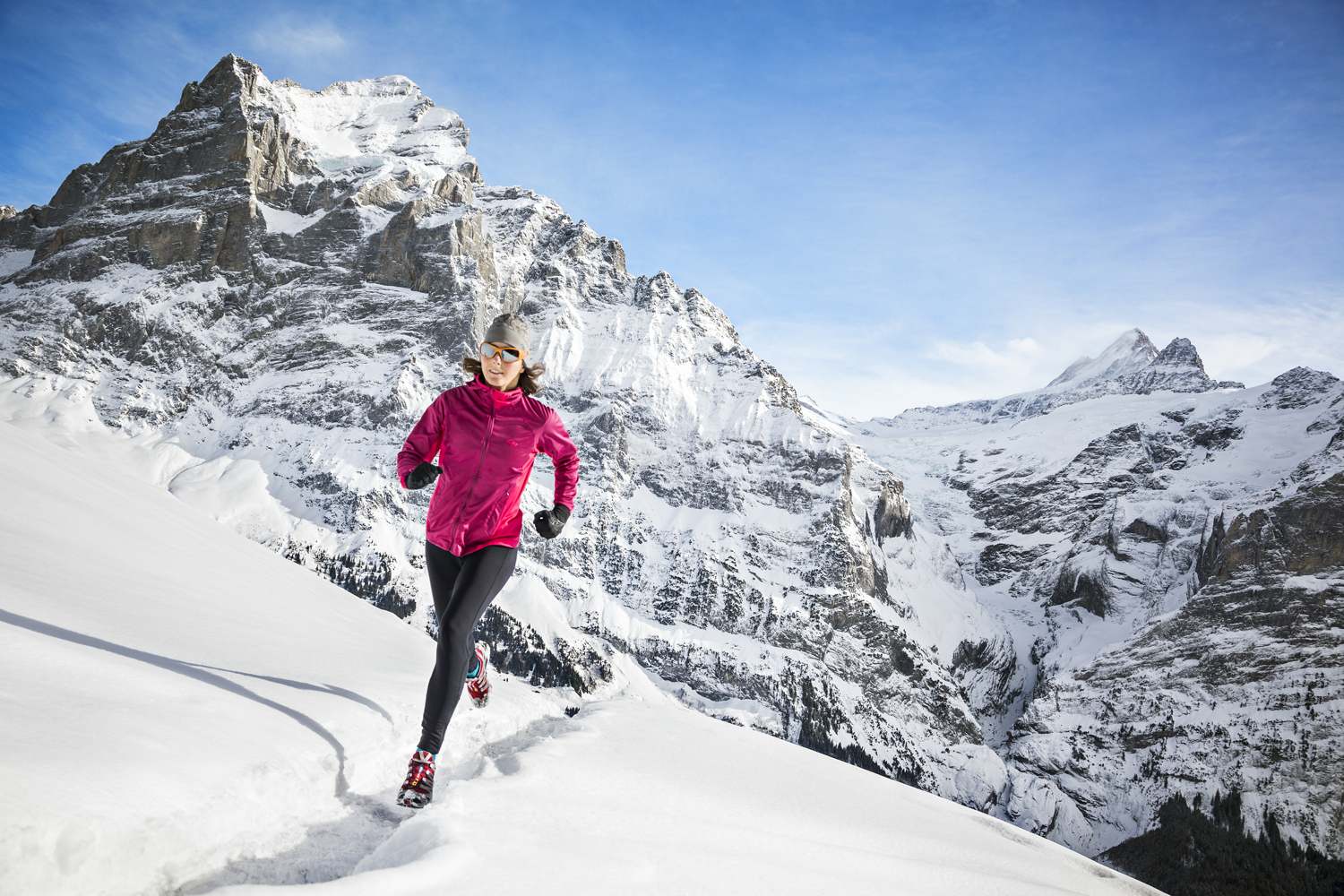
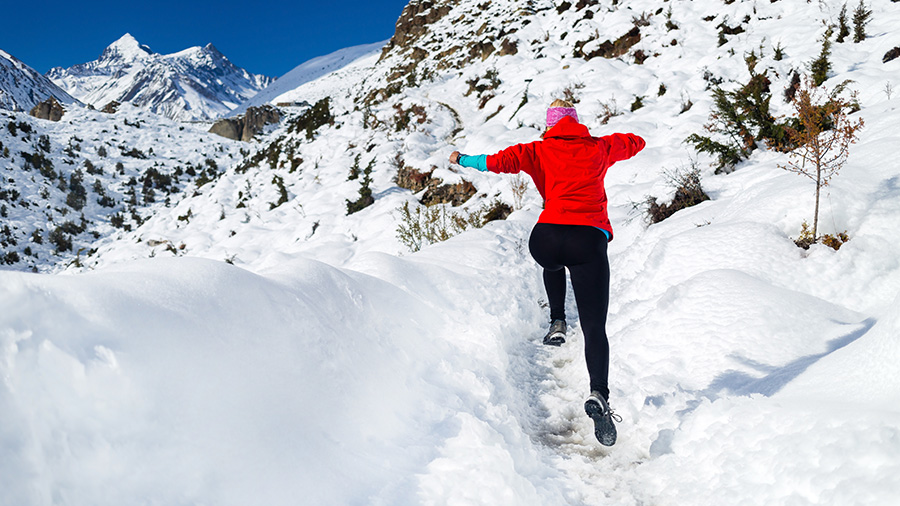
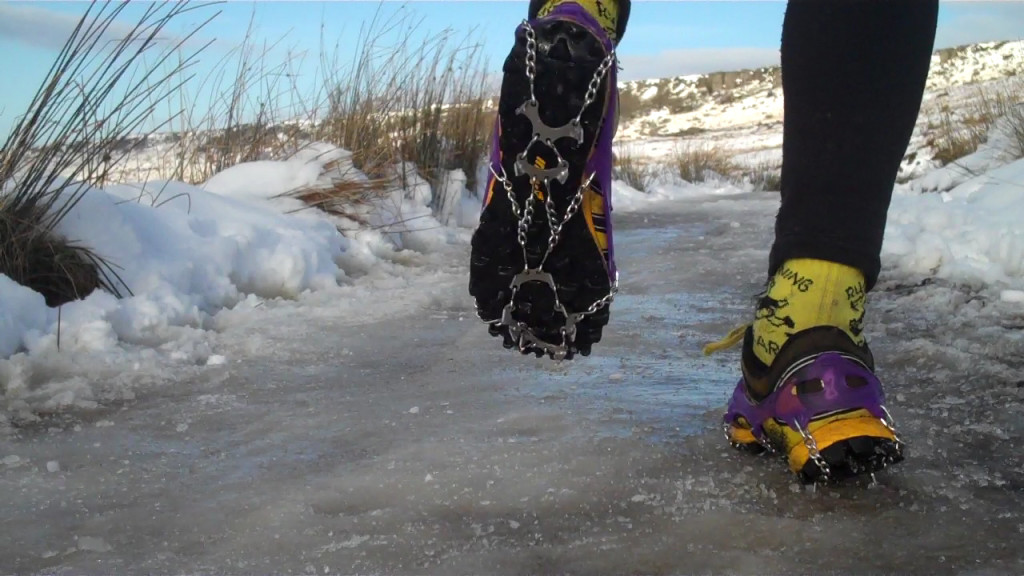
Start slow and gradually work up your speed. If you go too hard, the extreme cold could tense up your muscles, affecting your form.
If you come across mirrored surfaces, ice, shorten your stride to almost a shuffle, keep your centre of gravity over your landing foot to maximize grip. If running downhill, look for areas on the path with more grip, possibly on the side where there is some crunchy snow. Once you hit compacted snow that is not slippery pick up the speed.
If you happen to wake and there has been a foot or two of snow overnight, it once again is a difference ball game. You could, just wait for your buddies to wake and head up for first tracks … but if you’re training for a race, you’ll have a few more obstacles to face. ‘Running’ in deep snow is like doing high knee drills … the only difference is you have to do it for the whole run not just in the warm up.
Running in the snow does require extra effort. You need to be extra careful with your steps and run slow to the conditions of the path. You won’t break any records, but you’ll still feel the endorphins.
Put a bit of thought into the gear you wear. You’re doing an aerobic activity so you’re going to sweat, if you slow down to much you’re going to get cold quickly. Wear a good base layer that will draw the sweat away from your skin, avoid cottons. Then, depending on the weather, pop on a good hard-shell or softshell running jacket. It’s better to over dress and remove layers as you go.
If you have trail running shoes they will be best but if you stick with and follow the simple techniques your road shoes should do. You can go to a new level and get ice grippers. These just slip onto your shoes and provide better traction and more predictable grip. Trying two pairs of socks can help. First, one thin pair made from a synthetic material with another thicker pair preferably made from wool over the top.
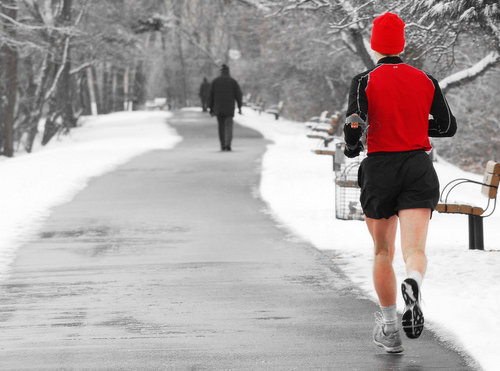
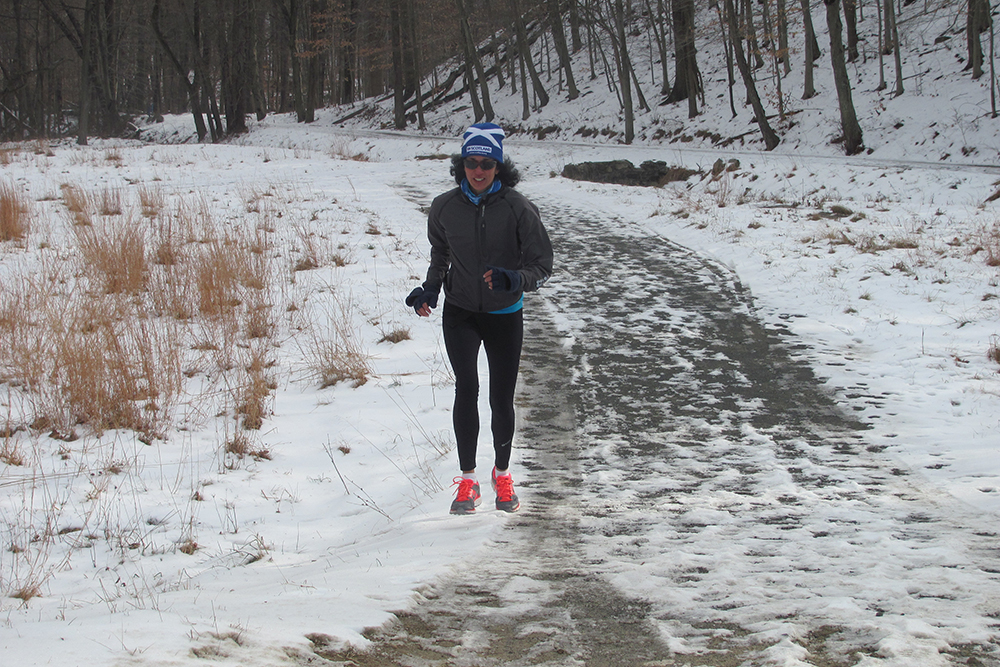
Just because it’s winter, don’t forget your sunnies. The reflection from the snow can be blinding and damaging to your eyes, they’ll also keep the snow out of your eyes.
Gloves are super important too. Your fingers are most susceptible to frostbite. If you get too hot you can easily take them off but start with them on. The liners from your ski gloves should be good enough. A beanie or cap that is sweat wicking to stop the snow freezing on your head is also a must. On your return from the run, stuff your shoes with newspaper, this will soak up any moisture and help the shoe maintain its structure.
Running in the mountains may seem a little hard and only for the hardcore but applying a few of these techniques it will be worth it. Enjoy, good luck and save some energy for the mountains!
Contact us today for a quote on your next snow holiday to Japan, Canada or USA.